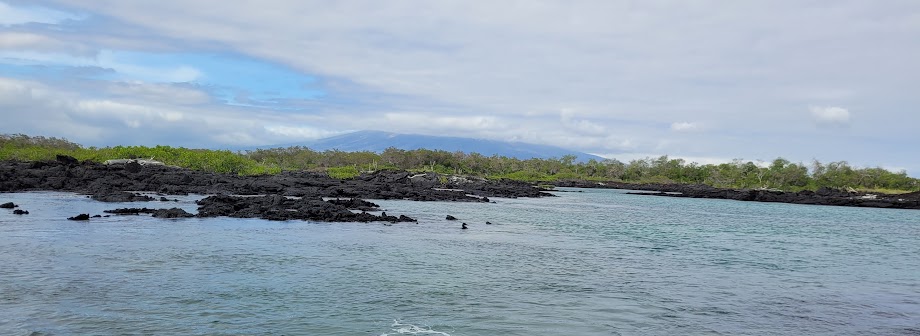Different Endemic Species
Fauna you find here are exclusively located in the Galapagos.

The fauna of Galapagos has a very peculiar story that must be told. The volcanoes that created the first Galapagos islands began to form between three and five million years ago, they were isolated from life, separated by about a thousand kilometers from the mainland. Despite this, over time a good number of species have made the islands their new home, due to their ability to disperse, either actively or passively, and their ability to establish themselves after their arrival.
Sea Lions in the Galapagos
The Galapagos Islands have often been called the "laboratory of evolution". There are very few places in the world where it is possible to find such a variety of species, both in the Galapagos Islands and the Flora as animals, showing so many degrees of evolutionary changes in such a restricted area. . Oceanic islands may have species that, although related to continental forms, have evolved differently from their relatives because of their isolation in a new and different environment. This is the key factor in the evolution of islands. No wonder Charles Darwin was so impressed by the life he found on these islands.
Darwin's finches are a classic example of adaptive radiation in birds, which has served generations of evolutionary biologists. Thirteen species evolved within the Galapagos archipelago from a common mainland ancestor.
Fauna in the Galapagos
Its unique fauna, the result of geographical isolation, includes iconic species such as giant tortoises, marine iguanas, sea lions, penguins and endemic birds such as the flightless cormorant. These animals offer visitors a unique wildlife viewing experience, highlighting the extraordinary adaptation of the species to the island environment. Here is a brief summary of the most important fauna of the Galapagos Islands:
- Giant tortoises
- Marine iguanas
- Sea Lions
- Penguins
- Flightless Cormorants
- Endemic Birds (such as Darwin's Finch)
Highlights of the Aspects of Nature
The word endemic refers to organisms that are not found anywhere else in the world because they evolved and remained isolated in a certain area and developed unique characteristics. Today you will find several species that fall under this classification in the Islands, the endemic plants and animals of Galapagos. Below you will find descriptions of some of the endemic animals of the Galapagos Islands:





